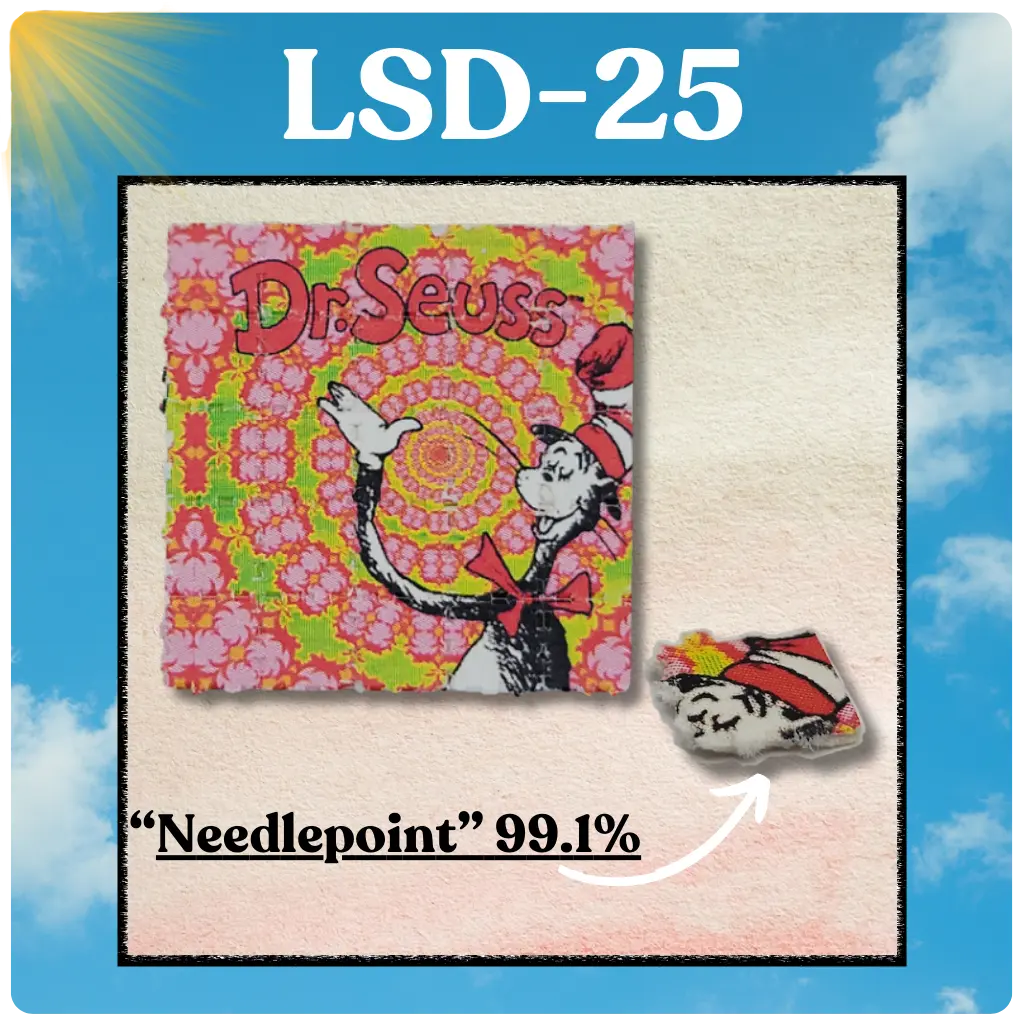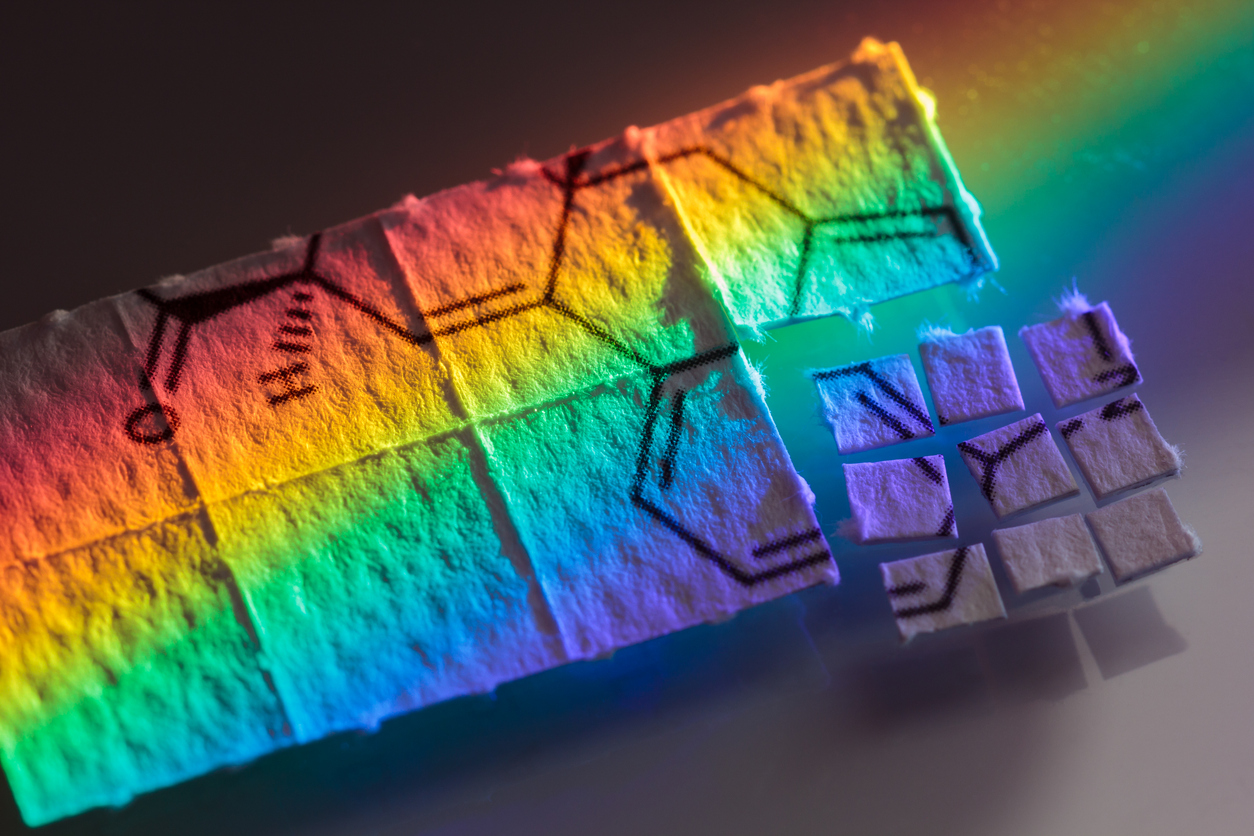LSD (Lysergic Acid Diethylamide), also called “acid” for short or “lucy” as a street name, has to be one of the most well known and influential psychedelics. It shaped the history of the psychedelic revolution and left a permanent impact on modern human history. Throughout history, it has gone everywhere from influencing counter-culture revolutions to being used in government-led experiments on the human mind and everything in between. LSD is a small chemical that has left an incredible impact on history, spirituality, culture, and much more. Let’s take a look at what LSD is and the huge impact it has had on research, culture, society, and more.
What is LSD?
Lysergic Acid Diethylamide is a semi-synthetic compound derived from ergot fungus. Ergot is a type of mold fungus that grows on rye and other grain plants. LSD is a lysergamide chemical that was first synthesized in the late 1930s. It is known to be active in microgram doses, making it one of the most potent psychedelics known. LSD primarily binds itself to the serotonin (5-HT2A) receptors which alter communication in the brain’s emotional and visual centers. This increased level of communication and connectivity between brain regions is what explains the intense visual and emotional effects as well as an overall sense of unity that is caused by the LSD experience. It is not a physically addictive compound and has a very low toxicity profile making it incredibly safe in moderate and even high doses. However, the experience itself can be challenging in higher doses or in negative settings. It is also careful to note that obtaining LSD can be risky as there are a variety of unsafe compounds sold as fake LSD. Check out our quality, pure, and highly reviewed LSD here to save yourself the hassle and keep your exploration safe.

Where did it Come From?
LSD was first synthesized in 1938 by the Swiss chemist Albert Hoffman working at the Sandoz Laboratories. It was first studied as a part of ergot derived compounds that caused circulatory or respiratory stimulation. On April 16th, 1943 Hoffman accidentally ingested a small dose of it and discovered its effects. Like the scientist he was, he came back to LSD 3 days later on April 19th and consumed an intentional dose that he thought would be small. He then had his lab assistant escort him home on bicycle and studied his experience. That day is now recognized and commemorated as Bicycle Day. From then on, LSD was synthesized and distributed for psychiatric research, being tested for treatment on a variety of mental illnesses such as depression or even alcoholism. In these trials it showed some serious promise as an effective mental health treatment given the right circumstances. It became popularized in the 60s leading to an explosion in use which was then followed by its criminalization in the 1970s as a part of the global war on drugs. Only now in the 2000s have LSD and its potential benefits reemerged and are being studied.
What are its Effects?
LSD has quite the powerful list of effects. It starts with its ingestion, LSD liquid can absorb anywhere on your skin or body. It is most commonly put on a blotter tab, a little piece of paper that is the most common depiction of the substance. After being ingested it has an onset between 15-90 minutes. The trip usually lasts between 8–14 hours, depending on dosage and individual metabolism. The experience from user reports is incredibly euphoric with heavy visual distortions with bright colours and fractal patterns. Along with other effects like heightened empathy, introspection, emotions, and synesthesia. The experience also induces a level of ego dissolution usually depending on the dose and alters the user’s perception of space and time. More spiritual effects have been reported like an overall sense of unity and connection with nature/universe. LSD has been reported to elevate mood and uplift the day-to-day mental health of some users–often referred to as an “afterglow.” Beyond just the visuals, many users report that LSD opens up creative thinking and emotional awareness, allowing for a profoundly new level of self-reflection. It’s known to temporarily dissolve habitual thought patterns, offering new perspectives on your life and personal behavior. This can make LSD both an incredibly useful therapeutic tool and a profound spiritual one when used with the right mindset and environment.
Its Influence
LSD has undoubtedly had a huge impact in history. It profoundly shaped art, music, philosophy, spirituality, and many other aspects of human expression. Being popularized in the 60s LSD quickly became one of the driving assets of the counter culture revolution taking place. It became a staple of the “hippy” movement and quickly became commonplace in these communities that challenged social norms at the time. It also had a major impact on music and many bands who took the substance held it in high regard. Examples like The Beatles or Pink Floyd were incredibly influenced by LSD and psychedelics. Beyond social change, LSD also became a powerful breakthrough in psychedelic-assisted therapy for illnesses like depression, anxiety, addiction, etc. It also pioneered new neuroscience into the nature of consciousness, creativity, and mental health. The research helped redefine how we view the mind-brain connection. Its lasting impact still fascinates modern researchers and psychonauts alike. Today, it continues to inspire new generations of artists, thinkers, and researchers. Its legacy lives on in modern psychedelic therapy trials and creative culture, proving that even decades after its discovery and suppression, it has begun to shine once more and show that its potential to expand the human mind is still unfolding.
Conclusion
LSD has to be one of the founding members of the psychedelic renaissance. It influenced history from counter culture, government experiments, and pioneering mental health treatment. LSD has left a major impact, with only more to look forward to as time goes on. With the stigma starting to decrease and new research being done across the psychedelic field, we inch closer to a more accepting world by incorporating these psychedelic tools into our society. Its unique effects, when approached with responsibility and intention, can be amazing tools to help you better understand yourself, others, and the world around you.



